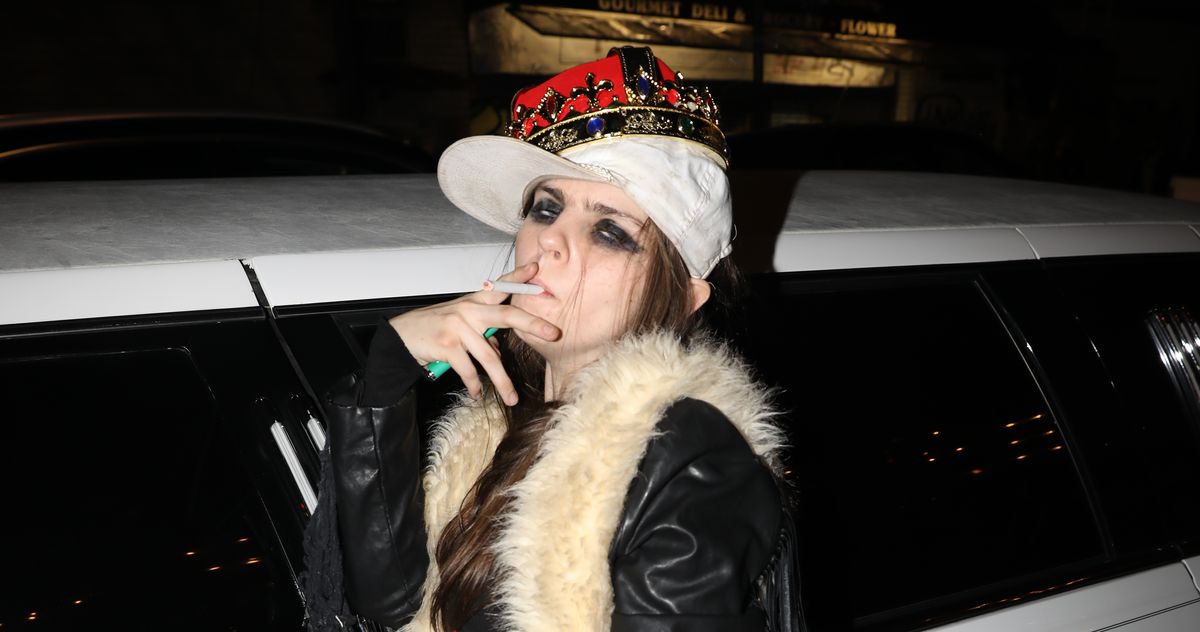Core Concepts
Author Sean Monahan explores the concept of vibe shifts in culture, predicting a new shift on the horizon and reflecting on the impact of past transitions.
Abstract
The article delves into Sean Monahan's analysis of cultural vibe shifts, highlighting past transitions like Hipster/Indie Music, Post-Internet/Techno Revival, and Hypebeast/Woke eras. Monahan predicts a new shift and discusses the implications of being left behind or embracing change amid societal transformations. The narrative captures the essence of cultural evolution and individual adaptation to shifting trends, prompting introspection on personal identity within changing cultural landscapes.
A Vibe Shift Is Coming
Stats
A vibe shift is a term used by Monahan to describe changes in dominant social wavelengths.
Three vibe shifts identified by Monahan: Hipster/Indie Music (ca. 2003–9), Post-Internet/Techno Revival (ca. 2010–16), Hypebeast/Woke (ca. 2016–20).
Prediction of a new vibe shift on the horizon.
Mention of $600 annual subscription for exclusive content access.
Quotes
"People going off in a lot of different directions because it doesn’t feel like there’s a coherent, singular vision for music or fashion."
"I think the interest in opulence and transgression are pent-up frustrations from the pandemic where people are like, I want to have fun."
"It’s chilling to realize you may be one of the stuck, or if you aren’t, you may be soon."
Key Insights Distilled From
by Allison P. D... at www.thecut.com 02-16-2022
https://www.thecut.com/2022/02/a-vibe-shift-is-coming.html
Deeper Inquiries
What role does nostalgia play in shaping future cultural trends?
Nostalgia often plays a significant role in shaping future cultural trends by influencing the way people perceive and reinterpret elements from the past. As seen in the context of vibe shifts and trend forecasting, there is a cyclical nature to cultural movements where past styles, music, or aesthetics resurface with a modern twist. Nostalgia can evoke feelings of comfort, familiarity, and longing for simpler times, prompting individuals to incorporate vintage or retro elements into their current expressions.
In trend forecasting, understanding how nostalgia influences consumer behavior allows forecasters like Sean Monahan to predict potential shifts in popular culture. By tapping into collective memories and sentiments associated with specific eras or trends, trend forecasters can anticipate which aspects of the past might resonate with contemporary audiences. This process helps shape new cultural movements that blend nostalgic references with fresh interpretations to create something appealing yet familiar.
How do societal crises like pandemics influence cultural shifts?
Societal crises such as pandemics have a profound impact on cultural shifts by disrupting established norms, behaviors, and priorities within society. The context provided highlights how the COVID-19 pandemic halted certain aspects of social life and led to a period of stagnation where traditional forms of socializing were put on hold. During such crises, people's values may shift towards introspection, self-preservation, and reevaluation of what truly matters.
Pandemics force individuals and communities to adapt quickly to changing circumstances, leading to innovations in communication (e.g., virtual events), lifestyle choices (e.g., focus on health and well-being), and creative expressions (e.g., DIY projects). These adaptations often result in new cultural trends emerging as responses to the challenges posed by the crisis. For example, during lockdowns when physical interactions were limited, digital platforms became essential for maintaining connections and sharing experiences.
As society navigates through crises like pandemics, it fosters resilience while also sparking creativity as people seek alternative ways to express themselves culturally amidst uncertainty. These periods can be catalysts for transformative changes that reshape societal values and norms long after the crisis has passed.
How can individuals balance personal authenticity with adapting to evolving cultural norms?
Balancing personal authenticity with adapting to evolving cultural norms requires self-awareness,
flexibility,
and an understanding
of one's values
and identity.
In a rapidly changing world where trends come
and go swiftly,
individuals may feel pressured
to conform
to external expectations rather than staying true
to themselves.
To navigate this challenge effectively,
it is crucial for individuals
to reflect on their core beliefs,
interests,
and passions
while remaining open
to exploring new ideas
and perspectives.
One approach is
to embrace personal authenticity
by honoring individual uniqueness
and preferences.
This involves staying true
to one's values,
expressing oneself authentically through style,
artistic pursuits,
or other forms of self-expression.
At the same time,
being aware
of evolving
cultural norms
can help individuals stay relevant
in their interactions
with others
while also allowing them
to incorporate elements
from contemporary culture
that resonate
with them personally.
Finding a balance between authenticity
and adaptation requires ongoing reflection,
self-discovery,
and willingness
to evolve along with shifting societal dynamics.
By staying true
to oneself while being receptive
towards change,
individuals can navigate
the complexities
of modern culture
with integrity
and confidence.
0
